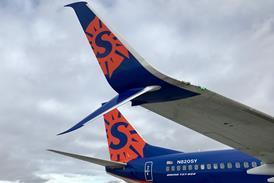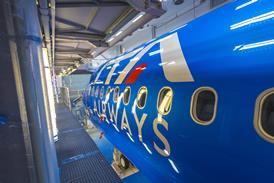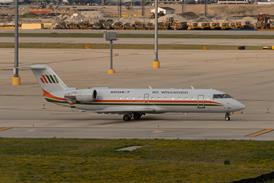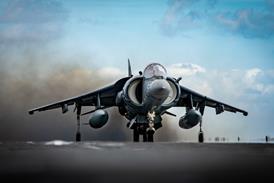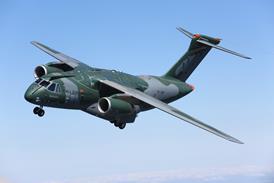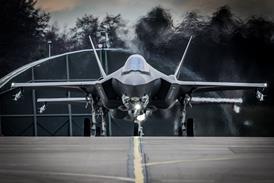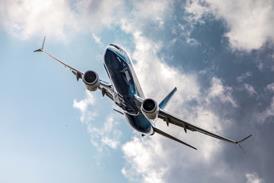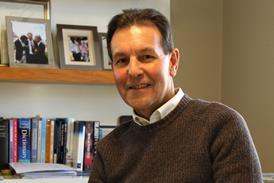Kevin O'Toole/LONDON
LOCKHEED AND Martin Marietta helped to lead a better round of financial results from the US aerospace industry in 1994, putting the two corporations in a strong position to emerge as the world's largest defence aerospace group when their merger is sealed in mid-March.
Combined aerospace sales for the groups totalled around $22 billion in 1994, which could put a merged Lockheed Martin narrowly ahead of Boeing, which continues to struggle with the depressed airliner market. Together, the companies also start their marriage with $900 million in available cash.
Martin Marietta chairman Norman Augustine describes the year as arguably the "most remarkable" in the group's history. He adds that benefits from the group's General Dynamics Space and GE Aerospace acquisitions are already beginning to show through in improved results.
Despite flat sales in its core defence business, Lockheed managed to continue to improve profits. Chairman Dan Tellep says that 36% of Lockheed's sales are now in non-defence areas and highlights a "dramatic improvement" in its commercial electronics operation.
Raytheon also looked to a growing portfolio of commercial businesses to offset a decline in its defence-electronics operations. Commercial operations, including the Beech and Hawker aircraft lines, now make up 65% of group sales and half of profits, says chairman Dennis Picard. He confirms that the group intends to "...remain a leader in defence", with its military operations now being consolidated within a single electronics-systems division.
GM Hughes produced better results from its defence division because of its cost-cutting efforts, including the radical consolidation of the missiles business following its acquisition of GD in 1993.
The Hughes commercial division chalked up losses, however, attributed to rising costs on air-traffic-control contracts and the wait for revenue from its Avicom in-flight entertainment systems. The division's decline in sales is largely because of the sale of the Rediffusion simulator business, says Hughes.
United Technologies (UTC) has begun to see better returns from a slimmed-down Pratt & Whitney, helped by lower development spending and the beginnings of a recovery in the airliner-spares market. Spares ordering had risen to around $140 million a month towards the end of the year, against an average of $124 million in 1993.
Sales in UTC's Flight Systems division, now minus the Norden radar business, continued to dwindle, but group president George David says that Hamilton Standard is back in profit and Sikorsky is putting in a "strong performance".
AlliedSignal chairman Lawrence Bossidy has called for his group to continue to repeat the 6% improvement in productivity achieved in 1994. Further opportunities will come from absorbing the Lycoming engine operation acquired from Textron in October.
Although the performance of Textron's now diminished systems division remains lacklustre, the group's aircraft unit has been boosted by higher revenues from V-22 development work at Bell Helicopter and a tailing-off in development costs at Cessna.
Source: Flight International

